What is seamless steel pipe?
Seamless steel pipe is a long strip of steel with a hollow section and no seams around it. Steel pipes have hollow sections and are widely used as pipelines for transporting fluids, such as pipelines for transporting oil, natural gas, coal gas, water and certain solid materials. Compared with solid steel materials such as round steel, steel pipes are lighter in weight when subjected to the same bending and torsional strength. They are an economical cross-section steel and are widely used in the manufacture of structural parts and mechanical parts, such as oil drill pipes, automobile transmission shafts, and bicycles. Frames and steel scaffolding used in construction. Using steel pipes to manufacture ring-shaped parts can improve material utilization, simplify the manufacturing process, and save materials and processing time, such as rolling bearing rings, jack sets, etc., which are now widely manufactured with steel pipes.

ERW steel pipe
ERW welded pipe has great development potential and market competitiveness due to its advantages of high dimensional accuracy, uniform wall thickness, high production efficiency, good pressure resistance and comprehensive mechanical properties, and no cracking perforation. It is currently used in oil, natural gas, ore pulp. There are a large number of applications in transportation and other aspects. With the increase in the number of ERW welded pipe production lines and the accumulation of production experience, the pipe making and inspection processes of ERW welded pipes are also improving day by day, thus effectively ensuring the market demand and the continuous improvement of welded pipe quality.
ERW welded pipe and seamless steel pipe comparison
1. Outer diameter tolerance
ERW steel pipe: adopts cold bending and sizing through 0.6% diameter reduction. The process temperature is basically constant at room temperature, so the outer diameter is accurately controlled and the fluctuation range is small, which is conducive to the elimination of black buckles;
Seamless steel pipe: The hot rolling forming process is used, and the sizing is completed at around 8000C. The raw material composition, cooling conditions, and cooling status of the rolls all have a great impact on the outer diameter of the steel pipe. Therefore, the outer diameter control is difficult to be accurate and fluctuates. Larger range.
2. Wall thickness tolerance
ERW steel pipe: hot-rolled coils are used as raw materials. The thickness tolerance of modern hot-rolled strips can be controlled within 0.05mm. Seamless steel pipes are produced using round steel perforation, which has a large wall thickness deviation. Subsequent hot rolling can partially eliminate the wall thickness. Thickness unevenness, but currently the most advanced units can only control it within ±5~10%t, corresponding to a steel pipe with a thickness of 8.94mm
Seamless steel pipe: The limit of wall thickness control accuracy is 0.9mm.
3. Ovality
ERW steel pipe: It is formed by cold bending, so the outer diameter can be controlled accurately and the fluctuation range is small.
Seamless steel pipe: Using the hot rolling forming process, the raw material composition, cooling conditions and cooling status of the rolls of the steel pipe have a great impact on its outer diameter. Therefore, the outer diameter control is difficult to accurately control, and the fluctuation range is large.
4. Tensile test
The tensile performance indicators of seamless steel pipes and ERW steel pipes both meet API standards, but the strength of seamless steel pipes is generally at the upper limit and the plasticity is at the lower limit. In comparison, the strength index of ERW steel pipes is at its best, and the plasticity index is 33.3% higher than the standard. The reason is that the performance of hot-rolled coils, the raw material of ERW steel pipes, is guaranteed by means of microalloying smelting, out-of-furnace refining and controlled cooling and controlled rolling; seamless steel pipes mainly rely on means of increasing carbon content, which makes it difficult to ensure strength and plasticity. a reasonable match.
5. Impact test
Since the impact toughness of the base material of ERW steel pipes is several times that of seamless steel pipes, the impact toughness of the weld is the key to ERW steel pipes. By controlling the impurity content of raw materials, the height and direction of slitting burrs, the shape of the forming edges, the welding angle, and the welding speed , heating power and frequency, welding extrusion amount, intermediate frequency withdrawal temperature and depth, air cooling section length and other process parameters ensure that the impact energy of the weld reaches more than 60% of the base metal. If further optimized, the impact energy of the weld can be close to that of the parent metal. materials, resulting in seamless performance.
But currently, both at home and abroad, seamless ones are still used more often, because the current casing steel grade of ERW can only be controlled to the highest K55. If the steel grade is higher, we do not have the production capacity in China yet. Right now As far as the ERW market is concerned, Japan's production equipment and production technology can still reach a certain level for casing production, but it can only produce up to N80. If you want to produce P110 or higher steel grades, it is currently difficult, so ERW can only be used as a table now.






 English
English Español
Español بالعربية
بالعربية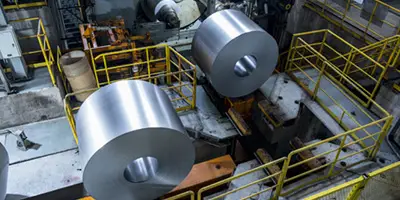
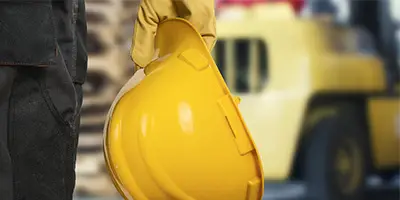
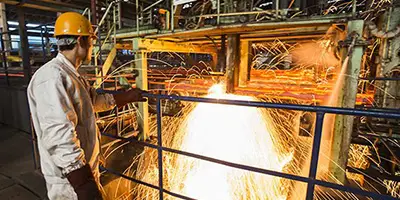
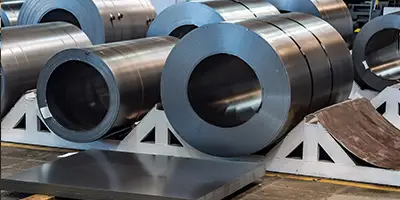

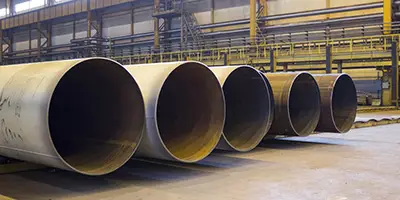
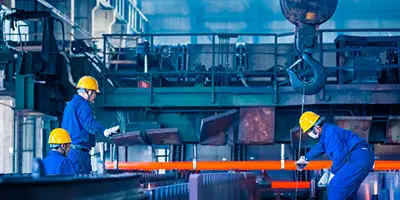
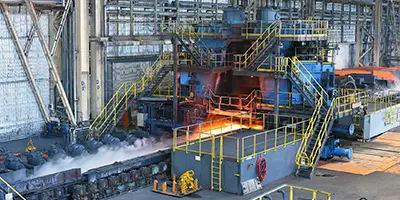
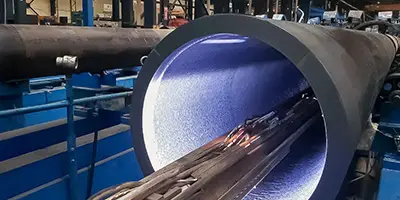
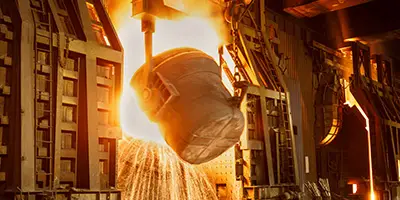
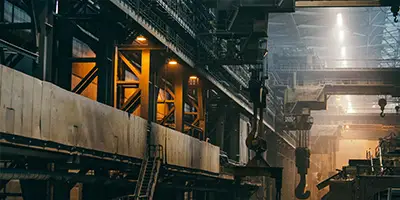

 Phone :
Phone :  Whatsapp :
Whatsapp :  Email :
Email : 


